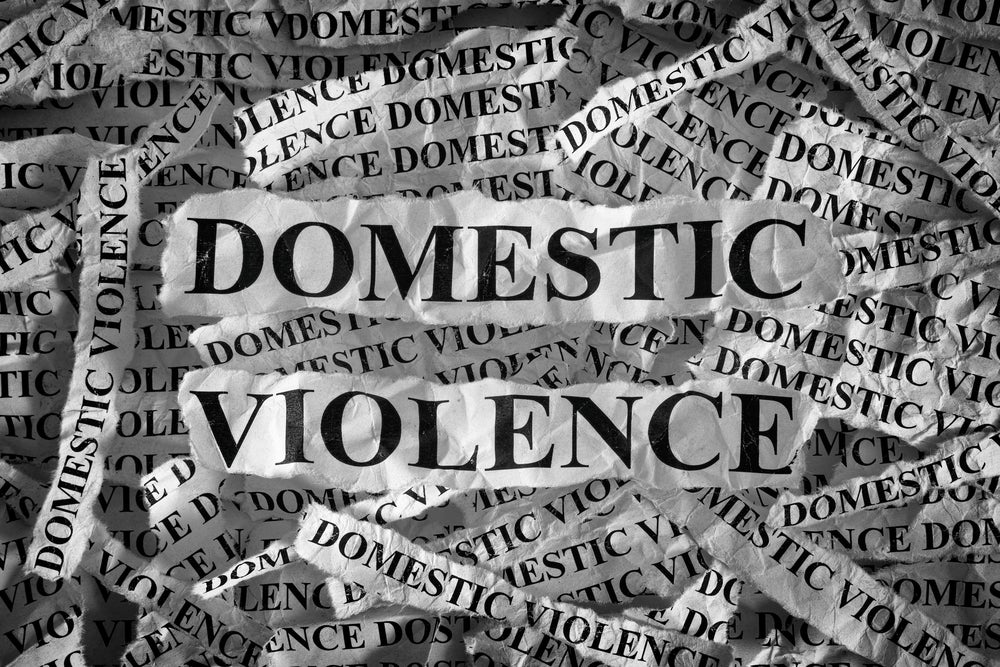are fast becoming a pressure point of the global recession,
creating problems for the Scandinavian banks heavily invested in
the region. Dan Jones spoke to Valdis Siksnis, country senior
executive, Nordea Latvia, about navigating a way out of the
crisis.
 ‘The situation here is tense, it is potentially
‘The situation here is tense, it is potentially
explosive,” said Valdis Siksnis, country senior executive, Nordea
Latvia, speaking to RBI. Once the fastest-growing economy
in Europe, Latvia is now experiencing a harsh correction and has
joined the growing line of eastern European economies queuing up
for a bailout from the International Monetary Fund (IMF).
The outlook is bleak for retail banks, but Siksnis believes the
perception of Nordea’s position as a safe haven, coupled with its
relatively minor market share, will provide it with certain
advantages during the downturn.
While Latvia is an extreme case, both Lithuania and Estonia are
also suffering.
“There is close cooperation in these markets – gathering
deposits is a top priority everywhere. The Baltics are very similar
to each other – we have the same competitors, almost the same
market position, also the same priorities and sales tactics,”
Siksnis said.
Latvia in particular, said Siksnis, “has had bad luck” in that
the souring of its own overheated economy is now overlapping with
the onset of a global recession. That combination is resulting in
one of the sharpest economic corrections seen this year: the
country posted a 4.6 percent fall in GDP in the third quarter of
2008 versus an 11 percent rise a year previous.
How well do you really know your competitors?
Access the most comprehensive Company Profiles on the market, powered by GlobalData. Save hours of research. Gain competitive edge.

Thank you!
Your download email will arrive shortly
Not ready to buy yet? Download a free sample
We are confident about the unique quality of our Company Profiles. However, we want you to make the most beneficial decision for your business, so we offer a free sample that you can download by submitting the below form
By GlobalDataThe economic maelstrom has already claimed Parex, Latvia’s
second largest bank and the largest domestically-owned institution,
which was taken over by the government on 8 November following a
run on the bank.
“There are some concerns about the stability of the banking
sector in general”, admitted Siksnis.
Much of that concern has extended to Scandinavia, whose
financial institutions control large chunks of the banking sector
in the Baltics. For example, Latvia’s largest bank, Hansabank, is
owned by Sweden’s Swedbank and is in the process of being rebranded
under the name of its parent. Almost every major Scandinavian
institution has exposure to the Baltics, including SEB, DnB Nord
and Danske Bank.
Banking crisis of ’91
 The Scandinavian banking crisis of 1991-1992 means,
The Scandinavian banking crisis of 1991-1992 means,
Siksnis contends, “we have always kept in mind that correction is
coming, and it has always been a live memory for Nordea because of
the experience of the Nordic countries in the late 1980s and early
1990s”.
Nordea as a brand did not experience the turmoil of the early
1990s, having been formed in 2000 as a result of a bout of
consolidation. But it has retained a degree of caution in expanding
into new European markets
He added: “Credit policy has been stricter in the Baltics than
in the Nordic countries.”
Gaining a foothold in fast-moving markets like the Baltics
requires a careful balancing act; Nordea’s own position as a
mid-market player belies its status as Scandinavia’s largest bank
by market capitalisation but now means it is less exposed to the
region’s significant potential downside.
Whether that positioning was a conscious decision remains a
matter of dispute. Despite the focus on risk management, Siksnis
says the bank has been “quite aggressive on pricing in the years
when we were fighting for market share”.
As a relative latecomer to the region, Nordea treated mortgages
as a tool to “redivide” the market, but the success of this
strategy has been muted.
“A housing loan is important enough for customers to reconsider
their banking relationships,” Siksnis said. “It is an important
enough decision for them to change their bank. Through housing
loans, we acquired a lot of customers, and we tried to encourage
them to use other products. But there are still many housing loan
customers that are only housing loan customers. They have left
their salary accounts somewhere else, are using cards of other
banks more actively than ours and so on”.
But with a dearth of credit affecting Latvia and the other
Baltic states as much as the rest of Europe, negotiating strengths
have shifted.
“The bargaining position of the bank in lending customers money
has increased substantially. We are using this as a
carrot-and-stick method to encourage the customer to use us as a
‘House Bank’, for all other services,” Siksnis said.
With a drive to spread risk the key motivation for financial
institutions and their customers, this ability to cross-sell may
yet be muted. On the liabilities front, however, Nordea sees itself
as benefitting from this trend and from its market positioning.
According to Siksnis, the bank has already seen an increased number
of account openings and deposit volumes since the nationalisation
of Parex, and expects this to continue into 2009.
Nordea is seen as a “safe harbour”, Siksnis said, in particular
because its Baltic operations are technically branches of the
larger Finnish banking business rather than stand-alone
subsidiaries. Customers are also looking to diversify and “not keep
all their eggs in one basket”.
Products continue to roll out
Products will continue to be rolled out: in Latvia, the bank is
about to launch pensions and other life products on a staggered
basis. The savings market is relatively mature, and some retail
customers remain interested in capital guarantees offered by
structured products despite the problems retail investors in Asia
and elsewhere have experienced since the fall of Lehman Brothers in
September (see RBI 602).
A full range of Nordea’s successful internet banking operations
have also now been rolled out in the region, something the bank
“perhaps didn’t have in place in recent years” despite the Baltics’
status as one of the most advanced regions in the world in terms of
online capability.
These advantages do not detract from the very serious situation
in which the region finds itself. Nordea currently has 17 branches
in Lithuania, 19 in Estonia and 22 in Latvia. Those numbers will
remain unchanged for the foreseeable future as the bank braces
itself for a difficult 2009.
“Loan loss provisions will increase and that will affect us
negatively,” Siksnis said.
Nordea has made a collective provision of €107 million ($141
million) for loan losses for the Baltic region, equivalent to 1.47
percent of total lending, which has accounted for, in the words of
Siksnis, “all non-performing loans – everything with a delay of
more than 90 days. It is very prudent and quite conservative”.
The as-yet unknown repercussions of Latvia’s ongoing talks with
the IMF may alter this, particularly if the country is forced to
give up its foreign currency peg. While Latvia is seeking €5
billion from the IMF and the European Union in order to support the
economy and reduce its budget deficit, it is the type of loan which
often requires a recalibration of internal and external demand via
a devaluation of the currency.
With a significant proportion of Latvian mortgages issued in
euros, such a move would likely result in a huge wave of defaults
and wreck banks’ loan-loss provisioning models. The matter has put
the country on edge: in November a Latvian journalist was arrested
for spreading rumours about imminent devaluation.
The early signs from the IMF appear positive, however: on 8
December the IMF said that the Lats would remain pegged to the
euro. With Lithuania also on the verge of seeking talks with the
fund, any removal of the peg could well have a knock-on effect on
the rest of the Baltics.
“Everyone has been very much afraid regarding the peg,” said
Siksnis, who also remains optimistic that devaluation will be
avoided.
Nonetheless, the terms of the IMF deal will still have a
significant impact on retail banks, with severe wage cuts likely to
impact consumer activity still further.
“In the short term it will definitely depress the economy even
more,” Siksnis added. “But hopefully it will hasten the arrival of
the recovery. Sometimes the patient has to take the bitter-tasting
medicine.”
Consequently the banker believes the predicted 5 percent fall in
GDP seen for 2009 may be too optimistic.
For a bank with long-term objectives for the region, short-term
pain is seen as the best available solution.
“We are not here for just the next year, we are here for the
next 10 years, so from that perspective it is good,” said
Siksnis.
Despite the deteriorating conditions, Nordea posted a rise in
year-on-year net profit in each of the three Baltic states for the
third quarter of 2008.
Total net profit for the region rose to €54 million, a rise of
29 percent on the year. In Latvia, its profitability is increasing
counter to industry trends. Siksnis said the bank “expects to
remain better than the market” moving forward, but acknowledged
that under any scenario 2009 would be a very difficult year.
In more conventional times, any analysis of Latvian retail
banking would have to acknowledge the developments at either end of
the market; that is to say market leader Hansabank’s rebranding and
bit-part player GE’s attempts to gain market share through
acquisitions. But the latter’s activities have been put on hold due
to the market situation, said Siksnis, who “would not regard them
as a serious competitor in the short term…though in the longer
term names like GE have to be kept in mind”.
Hold on to customers
Hansabank’s rebranding as Swedbank, meanwhile, comes as the
larger institutions are trying to hold on to customers looking to
reduce their exposure to any one institution.
Siksnis believes the competitive landscape is unlikely to change
significantly over the next 12 to 15 months because of the dangers
involved. For banks in the Baltics, the main risk to market share
will be reputational risk.
“The role of the banking sector in the overheating process has
of course been widely debated… but there is not really a problem in
the eyes of the customers,” he said.
The banking sector still has a good reputation in the region,
Siksnis concluded, “but the situation is changing quite rapidly.
Image might become a problem moving forward – it is much easier to
lend money than to work with problem customers or refuse loan
applications. So it is a risk, but good communication will make it
possible to explain things in the right way”.








